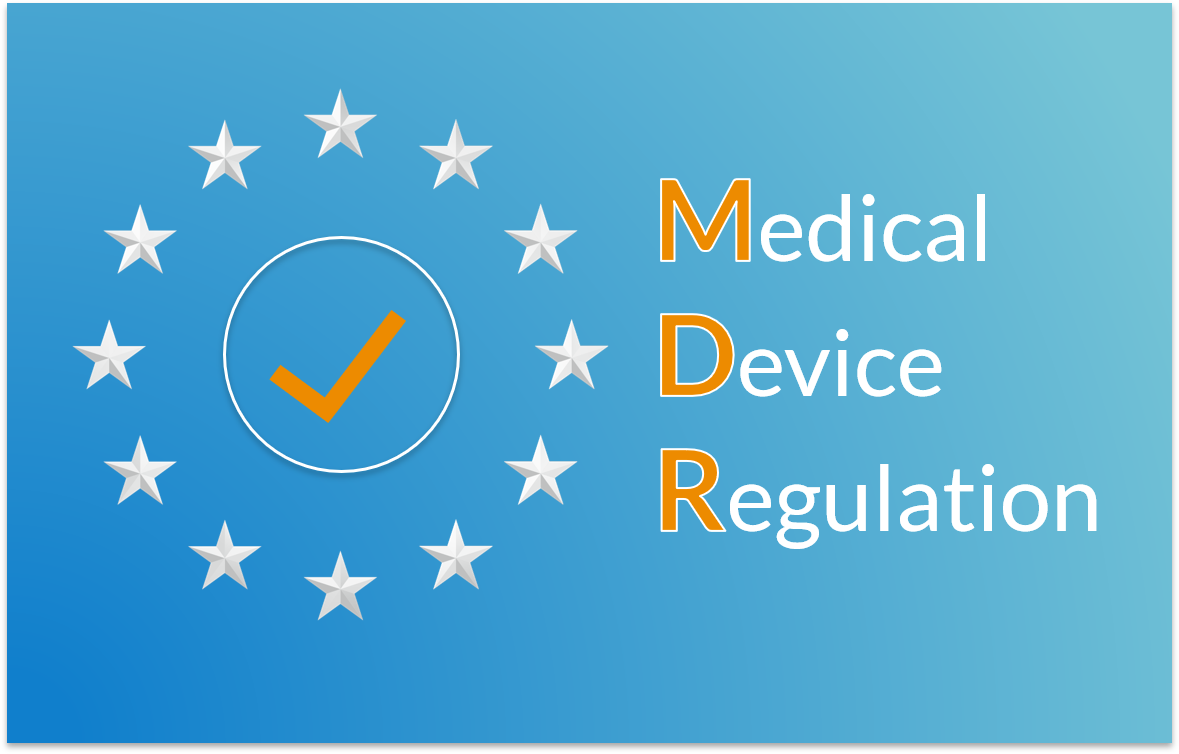The Delayed MDR Transition in Europe
This article is Oliver’s official coverage of the changing Medical Device Regulation (MDR) in Europe. New insights will be added to the top of the page. Please bookmark this page and return to stay updated on the latest news and insight on MDR changes.
-
May 2026 for Class III implantable, custom-made devices
-
December 2027 for Class III and Class IIb implantable devices
-
December 2028 for Class I, Class II, and Class IIb non-implantable devices
The council vote also eliminated the “sell-off” date provision that was meant to push older devices through the supply chain. By removing the “sell-off” requirement, the council is lowering the risk of future shortages while also avoiding the unnecessary waste of destroyed devices.
How is the MDR Delayed?
There have been some delays in the implementation of certain aspects of the Medical Device Regulation (MDR) in Europe due to a variety of factors, including the COVID-19 pandemic and the complexity of the regulation. The MDR was originally scheduled to go into effect in May 2020, but it was postponed until May 2021 to give medical device manufacturers and other stakeholders more time to prepare for the changes.
In May 2021, the MDR officially went into effect, but there are still ongoing challenges related to its implementation, such as delays in the certification process for some medical devices and shortages of notified bodies that are authorized to assess the conformity of medical devices.
As a result, the European Commission has proposed additional extensions of the transitional period for certain medical devices, which would give manufacturers more time to comply with the new requirements.
What is the MDR in Europe?
The Medical Device Regulation (MDR) includes specific requirements for medical device packaging that are intended to ensure the safety and efficacy of the devices. The regulation applies to all types of medical devices, including those that are sterile or non-sterile, reusable or single-use, and those that are provided to the end-user in a finished form or require assembly.
Some of the key packaging-related requirements under the MDR include:
-
General safety and performance requirements: Medical device packaging must be designed, manufactured, and packaged in such a way as to ensure the safety and performance of the device. This includes requirements for the physical characteristics of the packaging materials, such as their strength and durability.
-
Sterilization requirements: For medical devices that are intended to be sterile, the packaging must be designed and manufactured in such a way as to maintain the sterility of the device until it is used.
-
Labeling requirements: The MDR requires that medical device packaging be appropriately labeled with certain information, including the device's intended purpose, instructions for use, and any precautions or warnings that are necessary to ensure the device is used safely and effectively.
-
Environmental requirements: Medical device packaging must be designed and manufactured in an environmentally responsible manner, with consideration given to the impact of the packaging on the environment throughout its lifecycle.
Overall, the MDR's requirements for medical device packaging are intended to ensure that medical devices are safely and effectively packaged and labeled, and that the packaging itself does not pose any additional risks to patients or end-users.



.webp)
